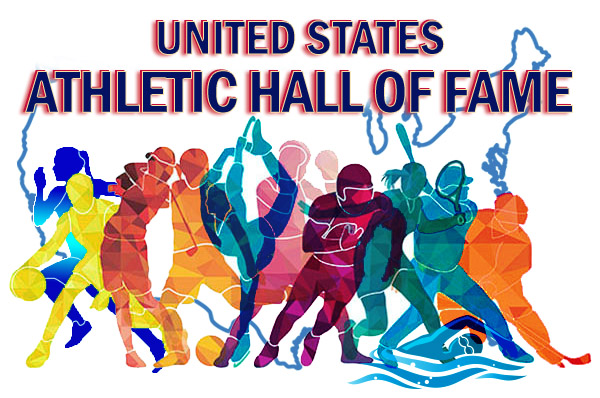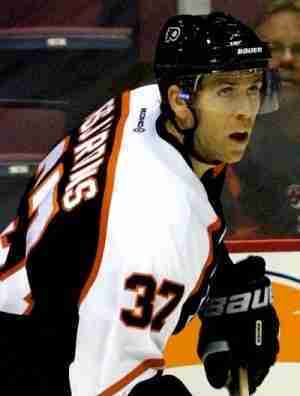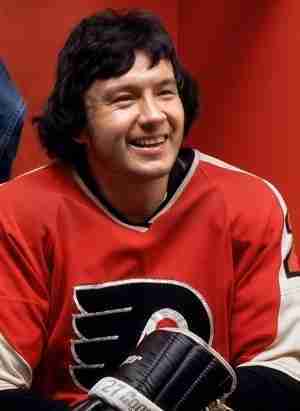Site Admin
70. Adam Graves
A part of the Edmonton Oilers “Kid Line” (With Joe Murphy and Martin Gelinas), Adam Graves was part of the successful tonic that gave the Oilers their last Stanley Cup in 1990. It was, however, when Graves signed with the Rangers that he was removed from the checking line and was able to show what kind of sniper he could be. Graves was a vital cog in the Rangers Stanley Cup run of 1994 and was able to reach the elusive 50 goal plateau that season. Graves may have been known as one of hockey’s “Good Guys” as his efforts to giving back to the community are well documented. Although Graves was a reliable scorer, he likely lacked the overall points total to make the Hall.
75. Eric Desjardins
A solid two-way defenseman, Eric Desjardins was one of the better players behind the blue line during the 1990s. Desjardins could help stop the puck as well as help put it in the net. He won a Stanley Cup with the Habs in 1993 and upon being traded to Philadelphia he was even more productive. He was easily their best defenseman and was good enough to represent Canada on three World Class National teams. Desjardins was a star, and with 575 career points he could receive a look, but chances are that will be all he will receive.
65. Wendel Clark
If the rabid fan base in Toronto had anything to say about it, the hard hitting Wendel Clark would have skated into the Hockey Hall of Fame on the first ballot. Clark was the bright spot on dismal Leaf teams, and his gritty take no prisoners style of play made him one of the most popular (if not the most popular) Leaf of all time. He wasn’t the largest player on the ice, but he may have been one of the toughest of his era. In addition, Clark was able to produce decent offensive numbers as he netted 30 goals a season on four occasions. If the Hall put players in just on heart alone, Wendel Clark would be a lock but as such he probably doesn’t have the career stats to get in.
37. Reggie Leach
Reggie Leach was one of the more prolific scorers in the Western Junior Hockey League. He was able to perform similar feats in the NHL, primarily when he arrived to the Philadelphia Flyers and joined the Broad Street Bullies. Interestingly, Leach’s best season may have been his most frustrating. Leach scored the most goals in the 1975-76 season (61) and led his team to a Stanley Cup appearance. Despite scoring 16 goals in the playoffs and winning the Conn Smythe Trophy, his Flyers failed to win the Cup that year. Leach would go on to gain 666 points in the NHL and had he been a better playmaker he would have a points total that may have garnered a look from the Hall.




